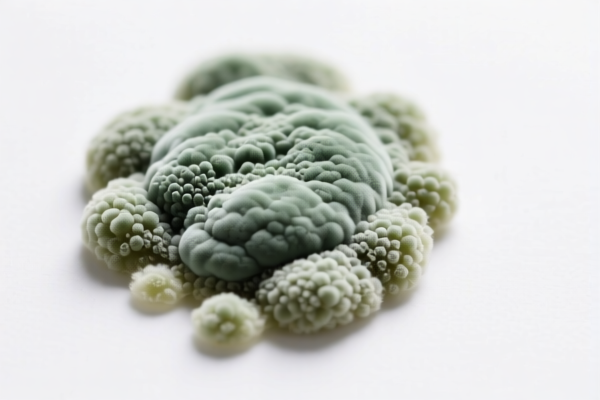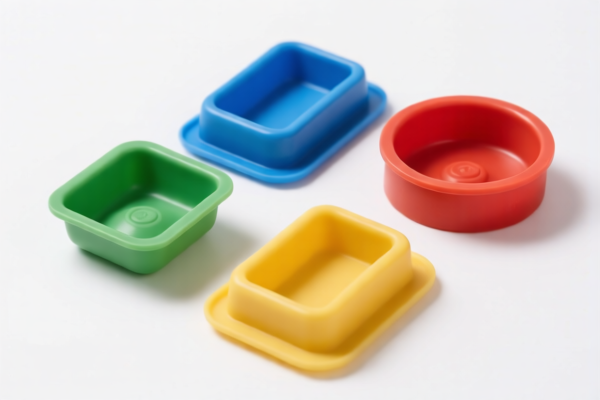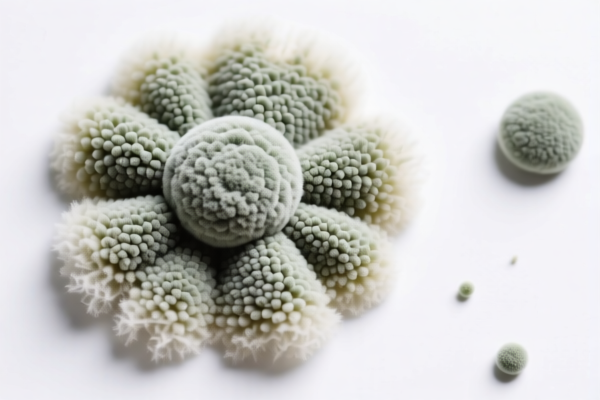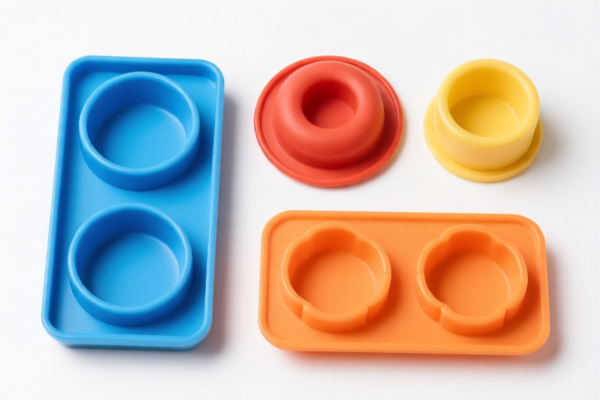| HS Code | Official Doc | Tariff Rate | Origin | Destination | Effective Date |
|---|---|---|---|---|---|
| 3926400090 | Doc | 35.3% | CN | US | 2025-05-12 |
| 3901909000 | Doc | 61.5% | CN | US | 2025-05-12 |
| 3901905501 | Doc | 61.5% | CN | US | 2025-05-12 |




Head Mold
A head mold is a negative impression of the human head, typically used as a foundation for creating various forms of head-related objects. These molds are employed across a diverse range of applications, from artistic sculpture and special effects to medical prosthetics and helmet design.
Materials
Head molds are constructed from a variety of materials, each offering different properties in terms of detail capture, durability, and cost:
- Plaster: Historically common, plaster is inexpensive and relatively easy to work with. However, it is fragile and prone to breakage, and captures less fine detail than other materials.
- Alginate: A fast-setting, seaweed-derived material used primarily for temporary molds. It is excellent for capturing highly detailed impressions, especially of living subjects, but degrades quickly and is not suitable for long-term use.
- Silicone: The most popular modern material. Silicone molds are flexible, durable, capture exceptional detail, and can be used with a wide range of casting materials. Different silicone formulations offer varying degrees of hardness and tear strength.
- Epoxy: Provides a rigid, durable mold. While not as flexible as silicone, it offers high strength and can be used for detailed reproductions.
- Fiberglass: Often used to create a rigid shell over a more flexible mold (like silicone) for added support and durability.
Purpose & Function
The primary function of a head mold is to create an accurate, three-dimensional replica of a head. This replica can be used for:
- Casting: Pouring materials like plaster, resin, wax, or metal into the mold to create positive casts of the head.
- Special Effects Makeup: Creating prosthetic appliances (e.g., masks, facial features) that fit the subject's face precisely.
- Sculpture: Serving as a base for sculpting portraits or other head-related artwork.
- Medical Prosthetics: Fabricating custom-fitted prostheses, such as cranial implants or facial reconstructions.
- Helmet & Headgear Design: Ensuring a precise fit for helmets, wigs, hats, or other head coverings.
- Animation & Robotics: Creating realistic heads for animatronics or robots.
Usage Scenarios
- Life Casting: Creating a mold directly on a living subject's head. This requires careful application of a safe, non-toxic molding material and is typically performed by professionals.
- Sculpting from a Live Model: Creating a mold from a clay sculpture of a head.
- Reproducing Existing Sculptures: Creating a mold from an existing head sculpture to create multiple copies.
- Digital Scanning & Mold Creation: Using 3D scanning technology to create a digital model of a head, which is then used to create a mold via 3D printing or CNC milling.
Common Types
- Partial Head Mold: Captures only a portion of the head, such as the face or ears. Used for creating specific prosthetic appliances.
- Full Head Mold: Captures the entire head, including the hairline and neck. Used for creating full masks, helmets, or complete head sculptures.
- Two-Part Mold: The most common type. The mold is created in two separate sections to allow for easy removal of the cast.
- Multi-Part Mold: Used for complex shapes or undercuts. The mold is created in multiple sections to ensure a clean release.
- Positive Mold: A cast from a negative mold. Used for creating patterns or for other casting processes.
Based on the provided information, “head mold” can be classified under the following HS codes:
- 3926400090: This HS code covers “Other articles of plastics and articles of other materials of headings 3901 to 3914: Statuettes and other ornamental articles Other”. Chapter 39 relates to plastics and articles thereof. Heading 3926 specifically covers articles of plastics and other materials. This subheading covers other statuettes and ornamental articles. This could apply if the head mold is made of plastic and is considered an ornamental item. The total tax rate is 35.3%, comprising a 5.3% base tariff, a 0.0% additional tariff, and a 30% additional tariff effective after April 2, 2025.
According to the provided reference material, the HS code options related to 'head mold' are limited, with only the following 1 found.
Customer Reviews
No reviews yet.